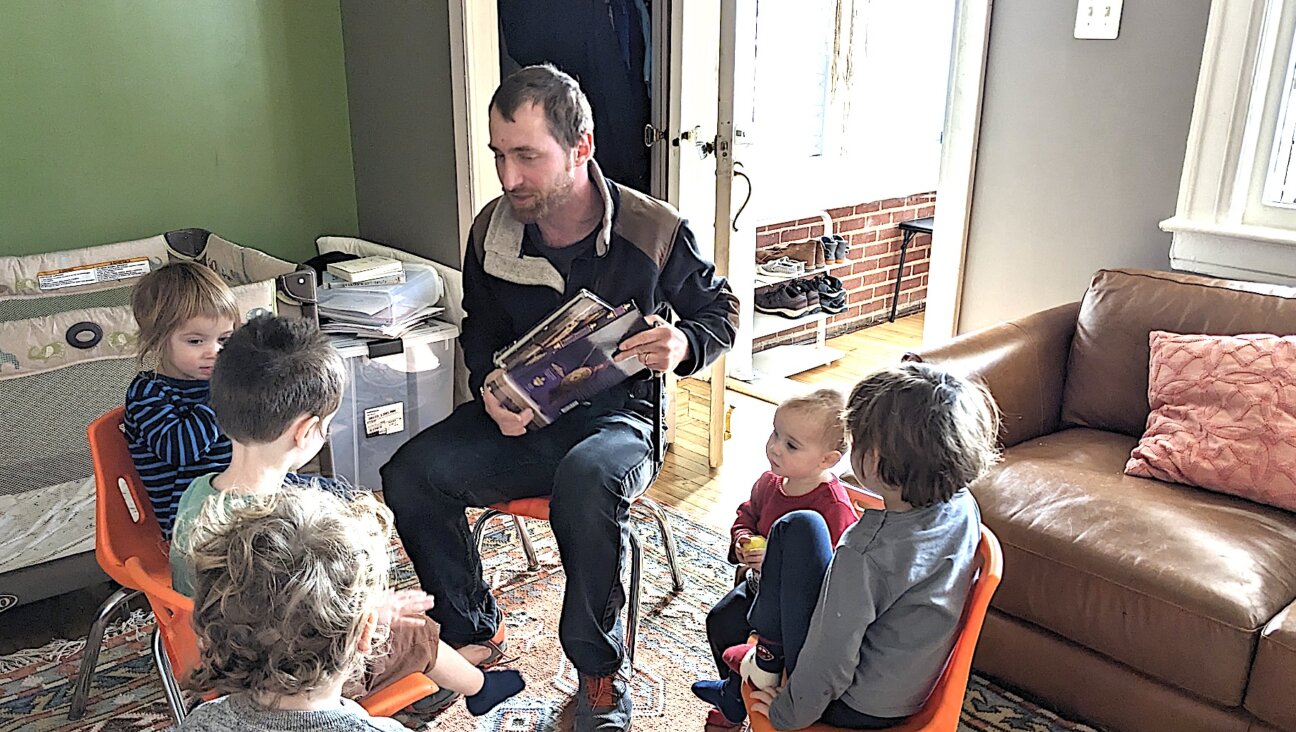Day Schools Balance Science, Religion
Since they are private institutions, Jewish day schools do not face church-state issues when it comes to teaching about creation. Nonetheless, the subject still poses challenges for day school educators.
“Families who choose religious education do so with the understanding that schools will take on issues of morality, faith and theology,” said Dr. Marc Kramer, executive director of Ravsak: The Jewish Community Day School Network. The network includes more than 90 institutions. But Jewish educators of every stripe also must reconcile religious teachings with modern scientific theory.
Orthodox educators may struggle most. The haredi schools associated with Agudath Israel of America subscribe to the biblical interpretation of creation above all else, and find evolution highly objectionable, said Rabbi Avi Shafran, the group’s director of public affairs. By contrast, most Modern Orthodox yeshivas are committed to science as well as Torah, and teach both without apology, said Rabbi David Israel, director of the Association of Modern Orthodox Day Schools and Yeshiva High Schools. Israel pointed out several ways to reconcile the creation story in Genesis with scientific theory, including the suggestion that one biblical day of creation does not mean 24 hours.
Conservative and Reform educators may interpret creation more easily. According to Frances Pearlman, associate headmaster at Rodeph Sholom School in Manhattan, Reform Jews believe that humans may have written the Torah. Therefore, she said, the goal in teaching creation is to find the message within the story — which in the case of Genesis speaks to a process of creation of which human beings were part.
Alternatively, Rabbi Joel Meyers, executive vice president of the Conservative movement’s Rabbinical Assembly, said the Torah begins with a history of the world to provide a narrative lesson for readers. “The Torah is teaching that God is creator of all and is trying to place the world in the context of the relationship between God and human beings,” he said. In the movement’s Solomon Schechter schools, therefore, the biblical story of creation is likened to a psalm or a profound religious poem that captures the sense of goodness and wonder in the world, said Rabbi Robert Abramson, director of the department of education at United Synagogue of Conservative Judaism.
But even though Judaism hews closely to the sense of God’s presence in creation — which all denominations claim is true, either via His direct hand or the miracle of science — most Jewish educators draw the line at signing onto the Intelligent Design theory.
“I’m just uncomfortable with Intelligent Design because it has built in it a very specific theology that is mixing science and religion in a way that we really try to stay away from,” Abramson said.
















